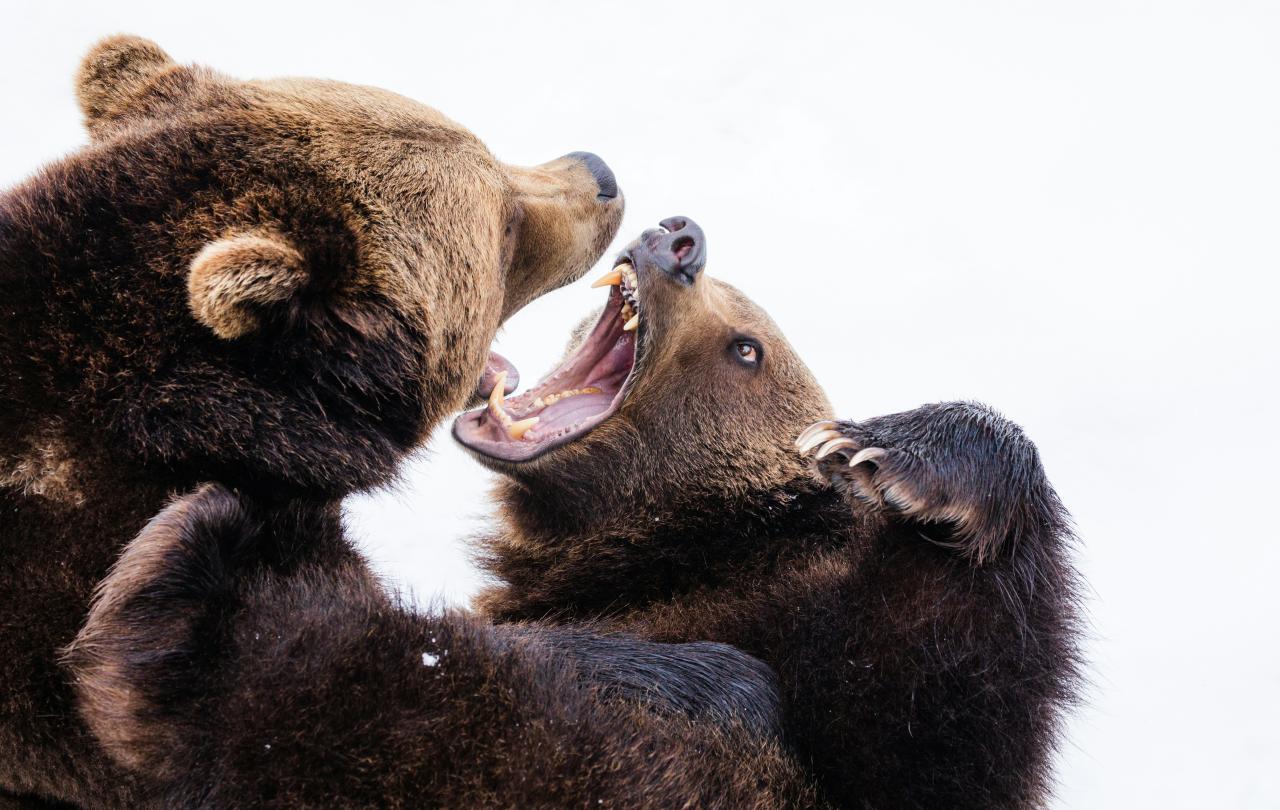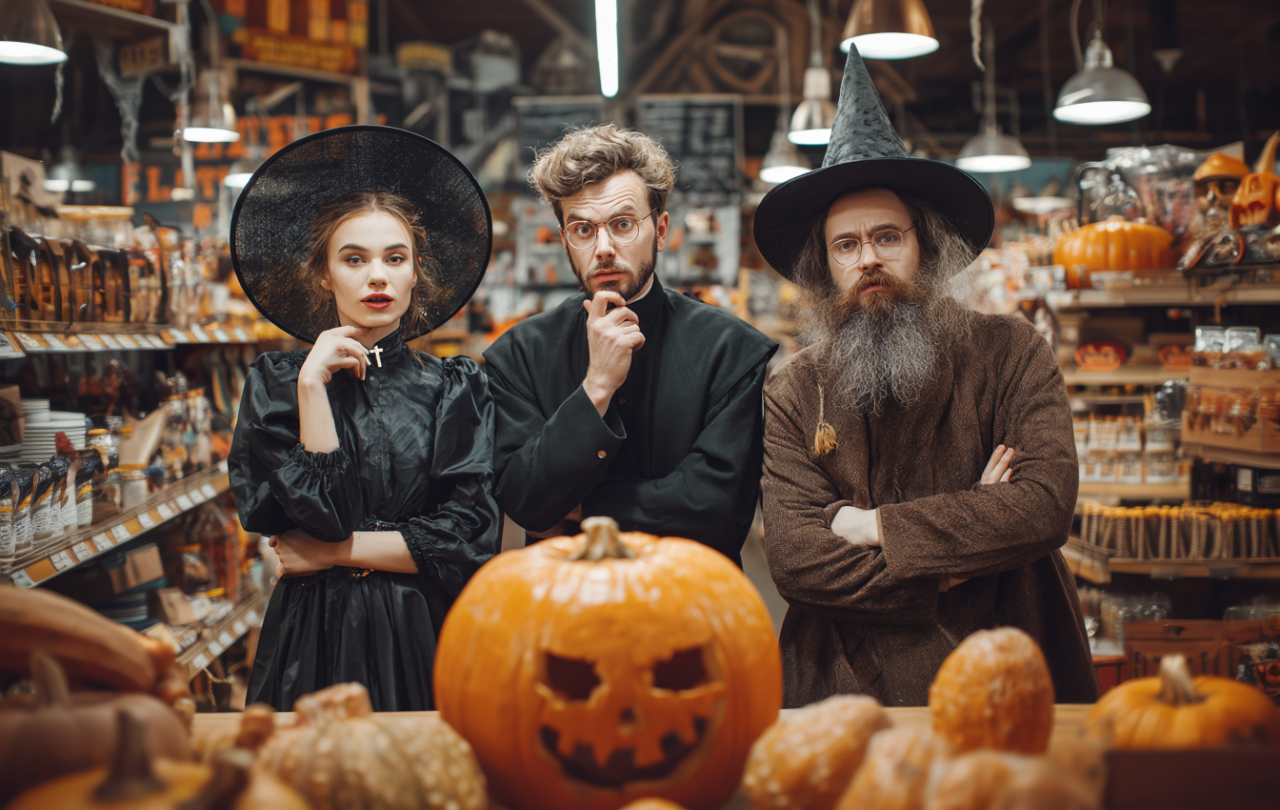
It was the the legendary Manchester Guardian editor CP Scott who said “Comment is free, but facts are sacred.” His dictum hay have held a century ago, but it doesn’t stand up today. In post-truth societies, facts are anything but sacred. And, leaving aside for now whether the opposite of sacred is freedom, comment isn’t free either.
I don’t mean in the sense of whether or not you have to pay for it – you’re not paying for this, for example – but whether comment, as Scott took it for granted to be, is an act of freedom. Graham Linehan, the Father Ted comedy writer, temporarily lost his freedom to a squad of police officers at Heathrow airport for a social media post he’d tweeted: "If a trans-identified male is in a female-only space, he is committing a violent, abusive act. Make a scene, call the cops and if all else fails, punch him in the balls."
The subsequent hoo-ha has precisely been about whether Linehan should have been free to make his comment. The police, under prevailing hate-crime laws, felt obliged to arrest him. Subsequently the media, politicians and assembled chatterati – even the Met Police commissioner weighed in – wailed how ridiculous it all was and, adopting serious-face, what a threat it represented to free speech, which is one of the most potent graven images of our time. Facts may be free these days, but comment is sacred.
Except it also depends whose comments and opinions are deemed sacred. So some people’s speech is more free than others. Take the Free Speech Union (FSU), founded by the liberally-challenged Toby Young. Here, right-wing freedom of speech is inalienable and non-negotiable. So silly intrusions into the views of Islamophobes and critics of trans-activism? Outrageous. But supporters of Palestine Action (PA), nearly 1,000 of whose supporters had to be arrested by police for peacefully holding placards? Not a word. They’re all lefties, you see.
As Hugo Rifkind pointed out in The Times, neo-conservative and FSU director Douglas Murray was asked by Daniel Finkelstein whether his free-speech principles extended to PA’s superannuated supporters. Apparently not. And Reform UK’s Richard Tice simultaneously believes that protesters outside asylum hotels are “part of who we are”, but that the correct response to PA protesters is to “arrest and charge the lot. Jail them.” Forgive me, but I thought a central tenet of faith in free speech is that it’s consistently applied?
“Part of who we are ” used to be a tolerant, inclusive and pluralistic society. Not just campaign for our lot and bang up all the rest. And I’d contend that we should self-regulate freedom of speech rather than legislate for it. The Met Police commissioner, Sir Mark Rowley, seems to agree with that: “Regulations that were understandably intended to improve policing and laws that were intended to protect the vulnerable are now tying officers’ hands, removing appropriate professional discretion — which some call common sense.”
That “common sense” is much beloved of freedom-of-speech warriors at places such as FSU. But they always get to define what it is and who gets to benefit from it, because it’s tribal. “If they pick on you, we’ll pick on them,” declares Young on his FSU website. It’s freedom for my tribe to say what it likes, not yours. And freedom of speech is meaningless if it’s not for everyone, including your political enemies.
Where we agree is that freedom of speech should not be adjudicated by the law. There are enough laws without legalising what people can’t say or write. Where, I imagine, we disagree is that it shouldn’t be adjudicated by Young and Murray and Tice either. As matters stand, we have those who want to legislate for the right to free speech and those who campaign to restrict it. Nothing can come of that.
By regulating ourselves, the risk is run of sounding conservatively nostalgic for a golden age of civility that never really existed, or rather that was imposed by social authority. It’s the sort of proposed solution you hear when someone says it’s really a question of good manners. It’s true that freedom of speech largely worked in a period of deference, but deference was probably not a good price to pay for it.
What can be said is that, like any freedom, freedom of speech comes with congruent responsibilities. We hold a responsibility not to cause violence with what we say, even or especially if that means turning the other cheek. In ecclesiological management terms, this would make freedom of speech a pastoral rather than systemic provision. We serve each other; we don’t require the state to serve us.
Linehan’s post was fine up until it’s final phrase. But it’s peer pressure, not the law, that should have prevented him from using it. Taking the violence out of speech should be an educated, peaceful instinct. And that remains a social duty, not a governance one.
Support Seen & Unseen
Since Spring 2023, our readers have enjoyed over 1,500 articles. All for free.
This is made possible through the generosity of our amazing community of supporters.
If you enjoy Seen & Unseen, would you consider making a gift towards our work?
Do so by joining Behind The Seen. Alongside other benefits, you’ll receive an extra fortnightly email from me sharing my reading and reflections on the ideas that are shaping our times.
Graham Tomlin
Editor-in-Chief





